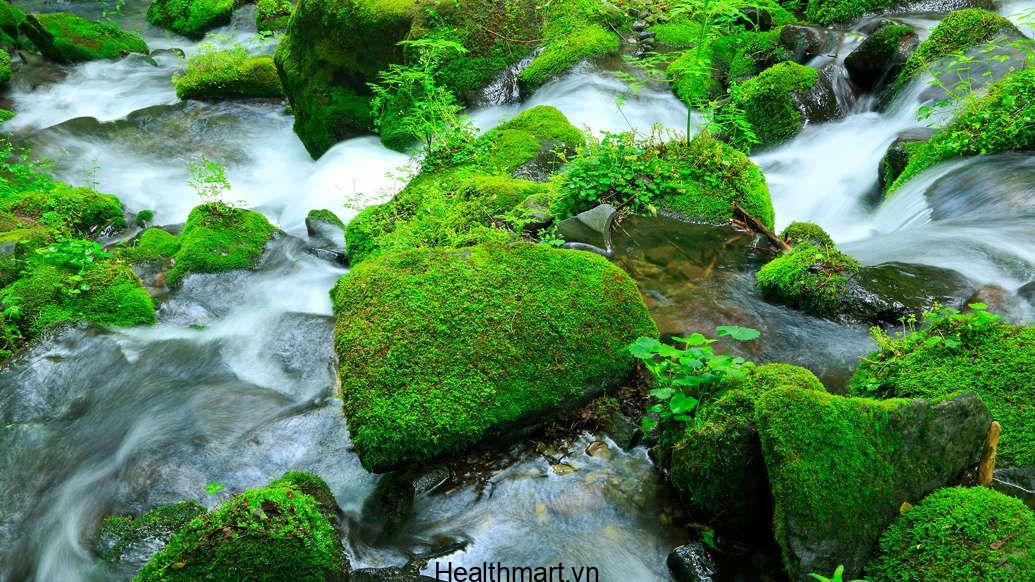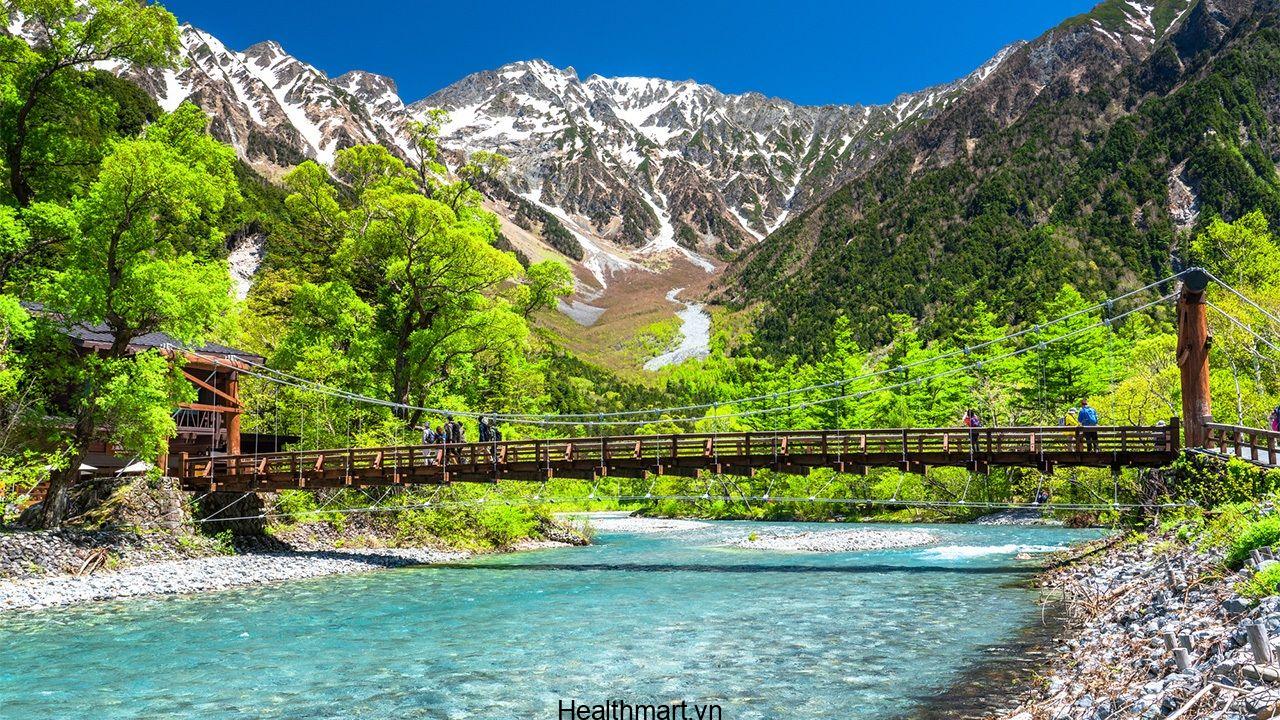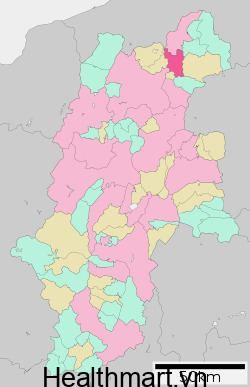No products in the cart.
En
Overview Of Nagano Prefecture: History, Geography, Economy And Tourism
Overview Of Nagano Prefecture: History, Geography, Economy And Tourism

Nestled in the heart of Japan’s mountainous region, Nagano Prefecture offers a breathtaking blend of natural beauty, rich history, and vibrant culture. From the towering peaks of the Japanese Alps to the serene shores of Lake Suwa, Nagano captivates visitors with its diverse landscapes and captivating traditions. This article delves into the fascinating world of Nagano, exploring its history, geography, economy, and tourism potential.

History

Nagano Prefecture boasts a rich and multifaceted history, deeply intertwined with the evolution of Japanese society. Here are key milestones:
- Ancient Period: Archaeological evidence suggests that the region was inhabited as early as the Jomon period (14,000 – 300 BCE). Remains of ancient settlements and burial mounds point to a thriving civilization in the area.
- Medieval Period: During the Kamakura period (1185-1333), Nagano emerged as a significant center for Buddhism. The Zenkoji Temple, founded in the 7th century, became a major pilgrimage destination, attracting visitors from across Japan.
- Edo Period: The Edo period (1603-1868) witnessed the establishment of the feudal system, with Nagano becoming part of the powerful Takeda clan’s territory. The region flourished as a center for trade and agriculture.
- Modern Period: In the 19th and 20th centuries, Nagano played a crucial role in Japan’s industrialization. The development of the textile industry and the introduction of modern technologies led to significant economic growth.
- Post-World War II: Following World War II, Nagano witnessed a shift towards tourism and recreation, capitalizing on its stunning natural scenery and cultural attractions.
Geography
Nagano Prefecture is a geographically diverse region characterized by its mountainous terrain and numerous rivers and lakes.
- Mountains: The Japanese Alps, a majestic mountain range, dominates the landscape of Nagano, with peaks like Mount Yakedake and Mount Kita soaring above 3,000 meters. The presence of these towering peaks makes Nagano a popular destination for hiking, climbing, and skiing.
- Rivers: The Prefecture is crisscrossed by several major rivers, including the Chikuma River, the longest river in Japan, and the Tenryu River. These waterways play a vital role in irrigation, transportation, and hydroelectric power generation.
- Lakes: Lake Suwa, the largest lake in Nagano, is known for its picturesque scenery and its unique cultural traditions. Other notable lakes include Lake Shirakaba, Lake Nojiri, and Lake Kizaki, each offering distinct beauty and recreational opportunities.
- Climate: Nagano experiences a humid continental climate with four distinct seasons. Summers are warm and humid, while winters are cold and snowy. The mountainous terrain creates a varied microclimate, with higher elevations experiencing heavier snowfall and colder temperatures.
- Hot Springs: Known as “onsen” in Japan, hot springs are abundant in Nagano, offering a range of therapeutic and recreational benefits.
Economy
The economy of Nagano Prefecture is characterized by a blend of traditional industries, emerging sectors, and robust tourism.
- Agriculture: Nagano is a leading agricultural producer, renowned for its high-quality produce. Fruits like apples, grapes, and peaches are major agricultural products, contributing significantly to the local economy.
- Manufacturing: Despite its mountainous terrain, Nagano has a thriving manufacturing sector, particularly in the electronics, precision machinery, and textile industries.
- Tourism: Tourism plays a pivotal role in Nagano’s economy, drawing visitors from Japan and abroad. The region’s natural beauty, cultural attractions, and winter sports facilities attract a steady flow of tourists throughout the year.
- Winter Sports: Nagano’s mountainous landscape makes it an ideal destination for winter sports. With numerous ski resorts and snowboarding facilities, the region draws skiers and snowboarders from around the world, particularly during the peak season.
- Traditional Crafts: Nagano is known for its traditional crafts, including textiles, pottery, and woodwork. Local artisans continue to practice these ancient techniques, producing unique and exquisite handcrafted items.
Tourism
Nagano Prefecture is a treasure trove of tourist attractions, offering a diverse range of experiences for travelers of all interests.
- Zenkoji Temple: A renowned Buddhist temple dating back to the 7th century, Zenkoji is a sacred pilgrimage site and one of Nagano’s most visited attractions. The temple’s imposing structure and its rich history make it a must-see for anyone visiting the region.
- The Japanese Alps: The Japanese Alps, with their breathtaking peaks and alpine scenery, are a magnet for outdoor enthusiasts. Hiking trails, climbing routes, and ski resorts offer endless opportunities for adventure and exploration.
- Jigokudani Monkey Park: Home to a troop of Japanese macaques, Jigokudani Monkey Park is a unique and unforgettable experience. Visitors can observe the monkeys as they bathe in the hot springs, a heartwarming and photogenic sight.
- Matsumoto Castle: Perched atop a hill overlooking the city of Matsumoto, Matsumoto Castle is a stunning example of Japanese castle architecture. Its imposing towers and historical significance make it a popular attraction for history buffs and architecture enthusiasts.
- Kamikochi: Situated at the base of the Japanese Alps, Kamikochi is a picturesque valley renowned for its pristine beauty. The valley is home to crystal-clear rivers, lush forests, and towering peaks, offering stunning views and ample opportunities for hiking and nature walks.
Conclusion
Nagano Prefecture is a captivating region that seamlessly blends history, nature, and culture. Its majestic mountains, pristine lakes, and vibrant cities offer a rich tapestry of experiences for visitors. Whether you’re seeking adventure in the Japanese Alps, immersing yourself in ancient traditions at Zenkoji Temple, or simply enjoying the beauty of the natural landscape, Nagano has something for everyone. With its thriving economy, diverse tourism offerings, and unwavering commitment to preserving its cultural heritage, Nagano Prefecture promises a memorable and enriching experience for all who visit.
Keywords: Nagano Prefecture, Japanese Alps, Zenkoji Temple, Jigokudani Monkey Park, Matsumoto Castle, tourism, history, geography, economy, culture.


I can’t believe they forgot to mention the Zenko-ji Temple! It’s one of the most important Buddhist temples in Japan.
The author claims that Nagano is a major producer of apples, but I’m not sure if that’s accurate. I thought that Aomori Prefecture was the biggest apple producer in Japan.
Wow, Nagano sounds like the most exciting place in the world!
Nagano is known for its stunning natural beauty, and the article does a good job of highlighting this. I’m particularly interested in learning more about the region’s unique culture and traditions.
The article is too short. It doesn’t even mention the prefecture’s famous ski resorts! I was hoping to find more detailed information about Nagano’s tourism industry, but this article is just a basic overview.
So, Nagano is known for its mountains and its apples. How original!
I was expecting more information about the Shinano Grand Shrine. It’s a must-see for any visitor to Nagano.
This is a great overview of Nagano prefecture. I really enjoyed learning about its history, geography, and economy. I’m definitely going to add it to my list of places to visit in Japan.
This article is a good starting point for learning about Nagano, but I’m sure there’s a lot more to discover. I’m going to do some more research on my own.